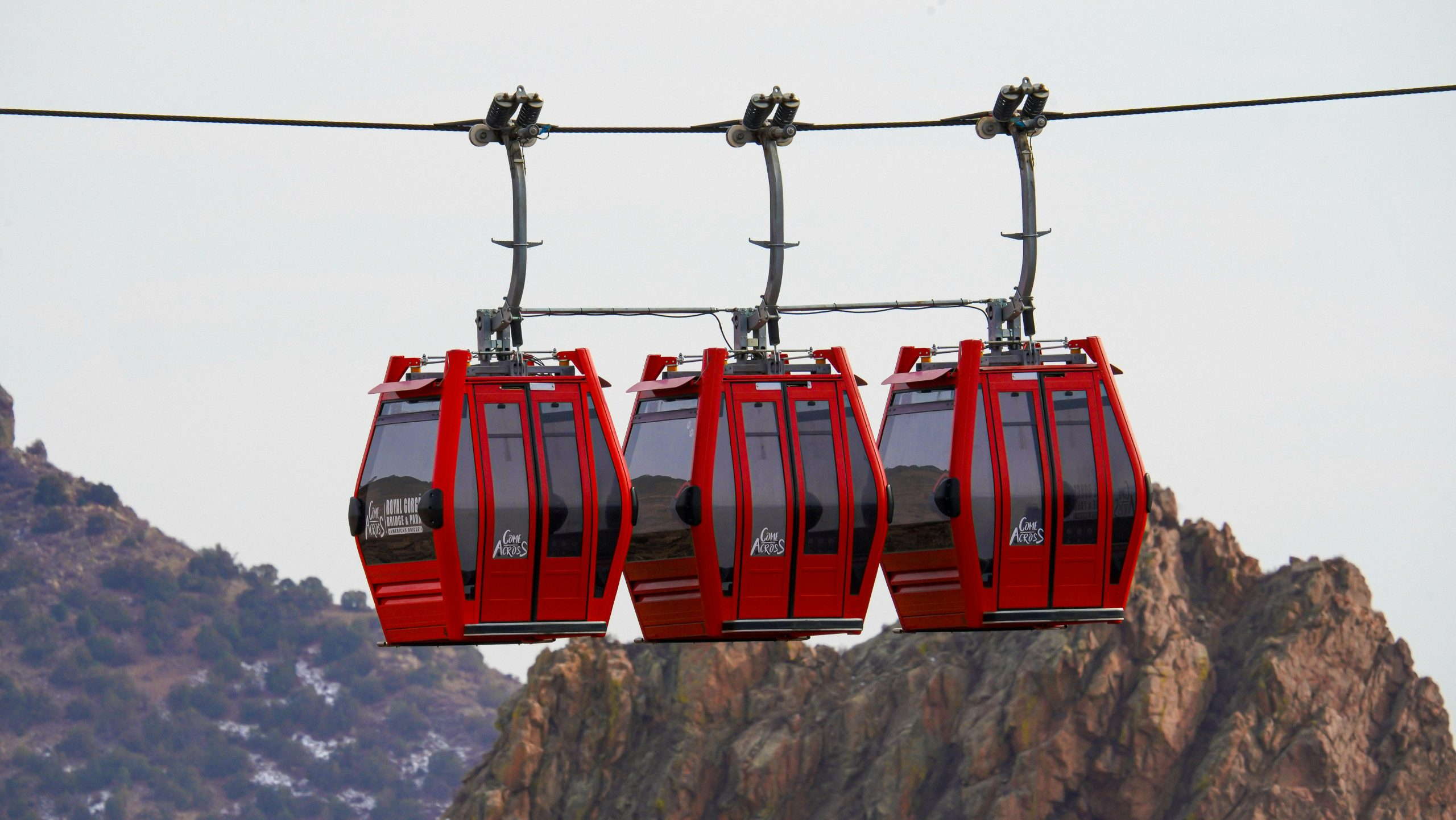The Engineering Behind Quieter, Vibration-Free Cabin Rides
Have you ever found yourself enjoying the stunning views from an airplane or struggling to focus on work while traveling on a train due to the loud noise and vibrations? These disturbances can be not only annoying but also harmful to our health and wellbeing, especially during long rides. Fortunately, with advancements in engineering, we can now experience quieter, vibration-free cabin rides, providing us with a more comfortable and enjoyable travel experience. In this article, we will dive into the engineering behind these innovative solutions and how they are transforming the transportation industry.
Reducing Noise and Vibrations: The Main Challenge
Before we get into the engineering behind creating quieter, vibration-free cabin rides, it’s important to understand the main challenge that engineers face in this area. Noise and vibrations in transportation vehicles are caused by various factors, such as air turbulence, engine vibrations, and rolling resistance. These disturbances not only affect passengers’ comfort but also interfere with communication and can even lead to hearing loss in the long run.
The Role of Damping Materials
To combat this challenge, engineers have turned to the use of damping materials in the construction of vehicles. These materials can absorb or dissipate the energy generated by vibrations, thereby reducing noise levels. For example, high-density foam can be used to line the interior of a car, while rubber mounts can be installed on engine components to reduce vibrations.
Structural Improvements
In addition to using damping materials, engineers also focus on making structural improvements to transportation vehicles. By using advanced structural simulations and optimization techniques, they can identify areas that are prone to vibrating and reinforce them to reduce noise levels. This can include adding stiffeners or braces to the vehicle’s frame and using structural adhesives to bond parts together tightly.
Technology’s Role in Quieter and Vibration-Free Rides
Advancements in technology have played a crucial role in making transportation vehicles quieter and eliminating vibrations. One notable technology is active noise control, which uses sensors and speakers to produce sound waves that cancel out unwanted noises. This technique is commonly used in cars, planes, and trains to achieve a peaceful and comfortable travel experience.
Vibration Control Systems
Another technology that has revolutionized the transportation industry is vibration control systems. These systems use sensors and actuators to measure and counteract vibrations in real-time, resulting in a smoother and quieter ride for passengers. They are commonly used in high-speed trains, helicopters, and even space shuttles.
The Advantages of Quieter, Vibration-Free Cabin Rides
The engineering behind quieter, vibration-free cabin rides not only improves our travel experience but also has many other benefits. First and foremost, it enhances safety by reducing distractions and allowing passengers to communicate easily with each other and the driver. It also improves the overall comfort and well-being of passengers, making long rides more bearable for everyone.
Environmental Impact
In addition to the above advantages, creating quieter, vibration-free cabin rides also has a positive impact on the environment. By reducing engine noise, we can minimize noise pollution, which has adverse effects on wildlife and ecosystems. Furthermore, with advancements in electric and hybrid vehicles, we can expect even quieter and more environmentally friendly rides in the future.
In Conclusion
The engineering behind quieter, vibration-free cabin rides is a complex and continuous process that involves the use of various techniques and technologies. As the demand for more comfortable and eco-friendly transportation increases, engineers will continue to push the boundaries and develop innovative solutions to achieve noise and vibration-free rides. With these advancements, we can look forward to a more peaceful and enjoyable travel experience in the years to come.










